The ultimate goal of climbing is to stand on a peak, but the days spent moving forward and making progress can be just as fulfilling.
Climbing
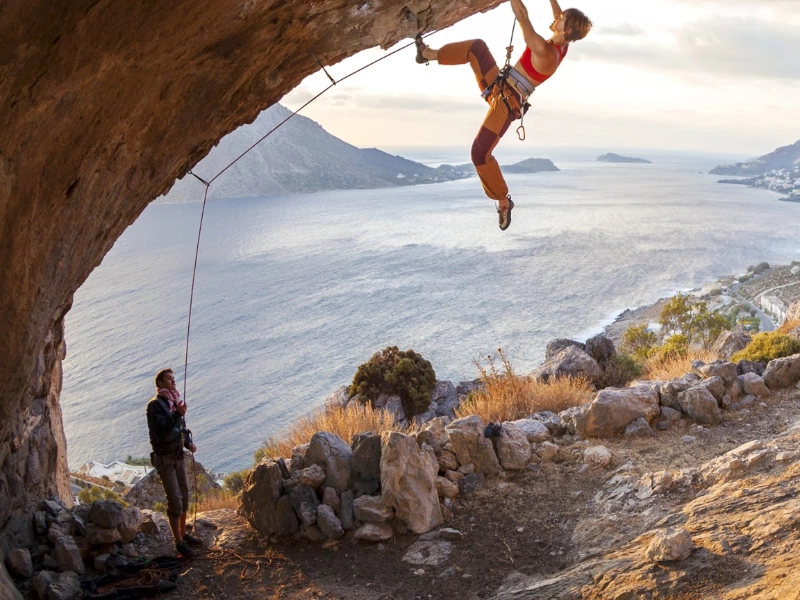
One type of physical activity that can build your muscles and improve your heart health is climbing. It's a pleasant way to spend time outside, taking in the scenery.
Climbing mountains may improve your confidence and physical fitness, regardless of whether you wish to take on easier or more difficult routes. You should be aware that reaching your goals will take a lot of preparation and practice before you go on your path.
Rock climbing is a physically demanding sport that calls for both specific equipment and acrobatic maneuvers. It is an excellent workout to increase your strength and dexterity. In addition, it teaches you how to concentrate and move cautiously, all of which are critical skills for mountaineering. Learning how to negotiate the terrain you are climbing—such as navigating glaciers or surviving a whiteout—is also crucial.
Equipment
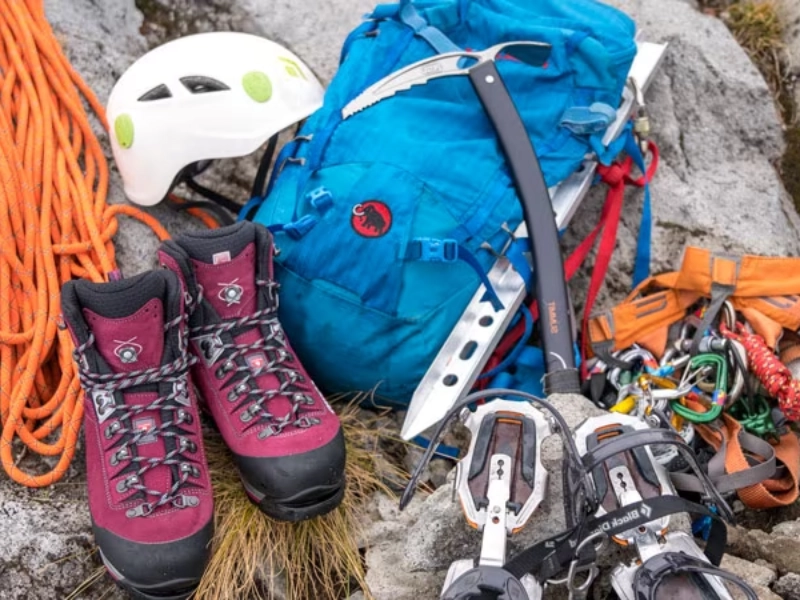
A natural next step for hill walkers or rock climbers who want to pursue their interests further is typically mountaineering. It takes more than just physical fitness to acquire the skill set needed to accomplish a mountain climb; safety gear is also necessary, as is learning climbing techniques.
A harness, rope, karabiner, and protective climbing equipment are necessary pieces of equipment. Crampons are required for moving between ice and rock bands, and a cap or bandanna is also necessary to shield the face and neck from snow or rain.
The ability to use a compass, map counters, and altimeter is essential for effective navigation. It's also crucial to be able to assess the dangers associated with mountain travel and adjust preparations when unfavorable weather occurs. These encounters can be thrilling as well as quite risky.
The weather

While mountaineering may be an emotionally and physically taxing sport with its share of ups and downs, many climbers have also found that by pushing themselves to reach new heights, they have found new strengths within themselves.
Planning and preparation are key components of becoming a climber. Most people start with guided hikes or rock climbing and work their way up to more challenging adventures. This is the safest method for increasing your mountaineering expertise and understanding.
A mountain's weather forecast should always be checked well in advance of any planned climbing. The weather in the mountains is often more harsh at higher elevations and can change rapidly. You must be able to interpret the weather at various elevations and comprehend how it relates to other weather variables.
Advertisement
Recommended Reading: How Mountaineering Can Help You
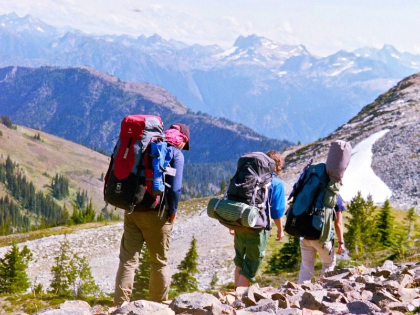


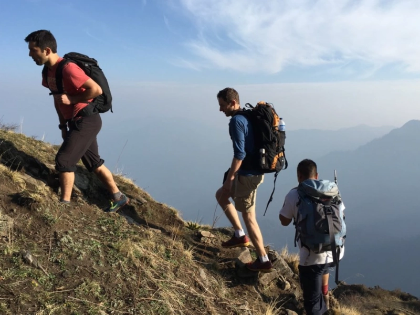

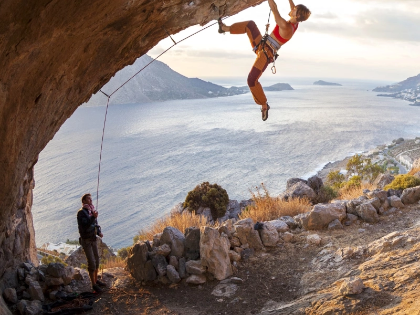

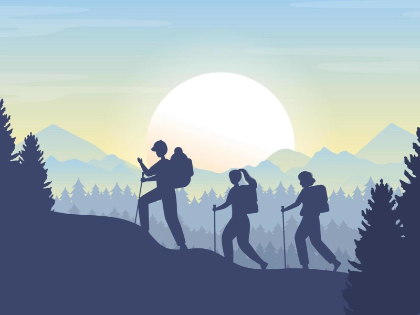
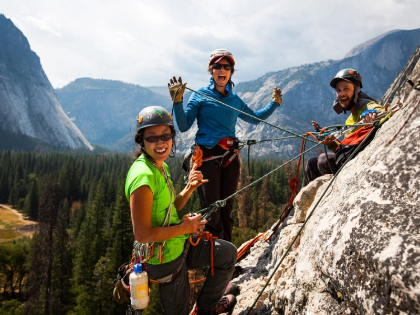



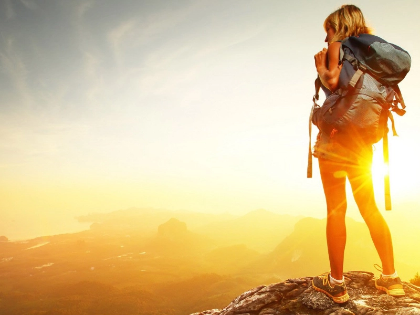
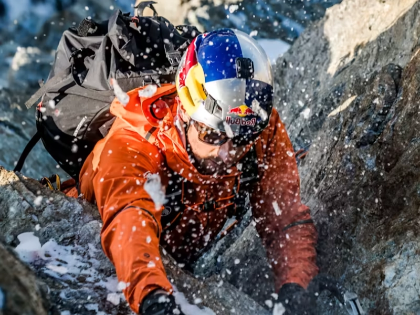


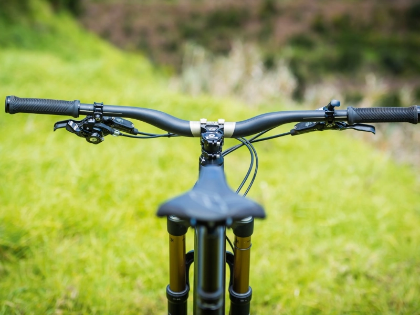

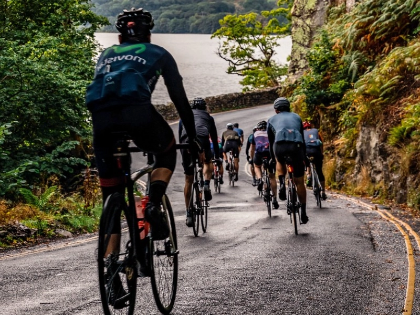





Comments
Leave a Comment
Your email address will not be published. Required fields are marked *